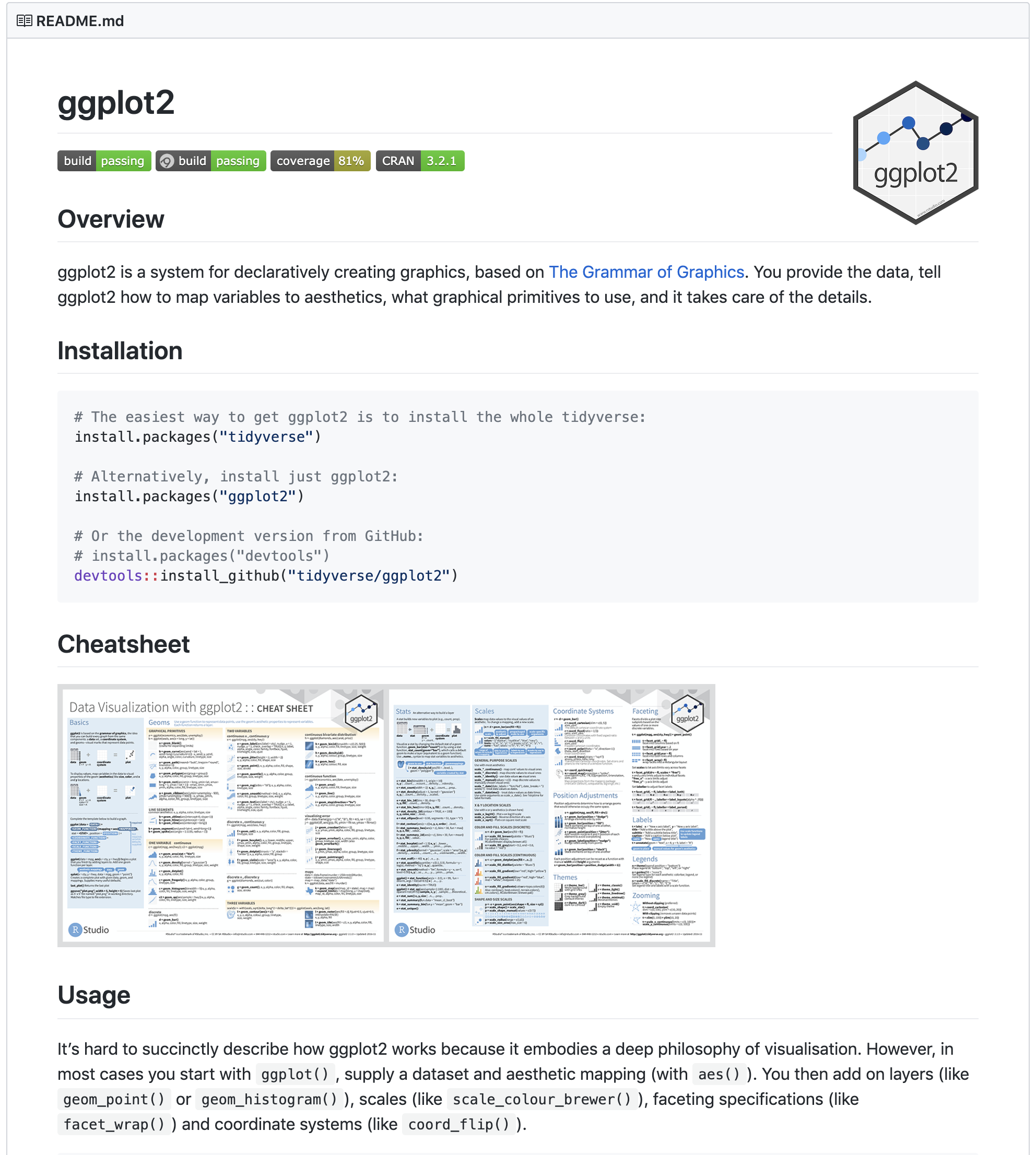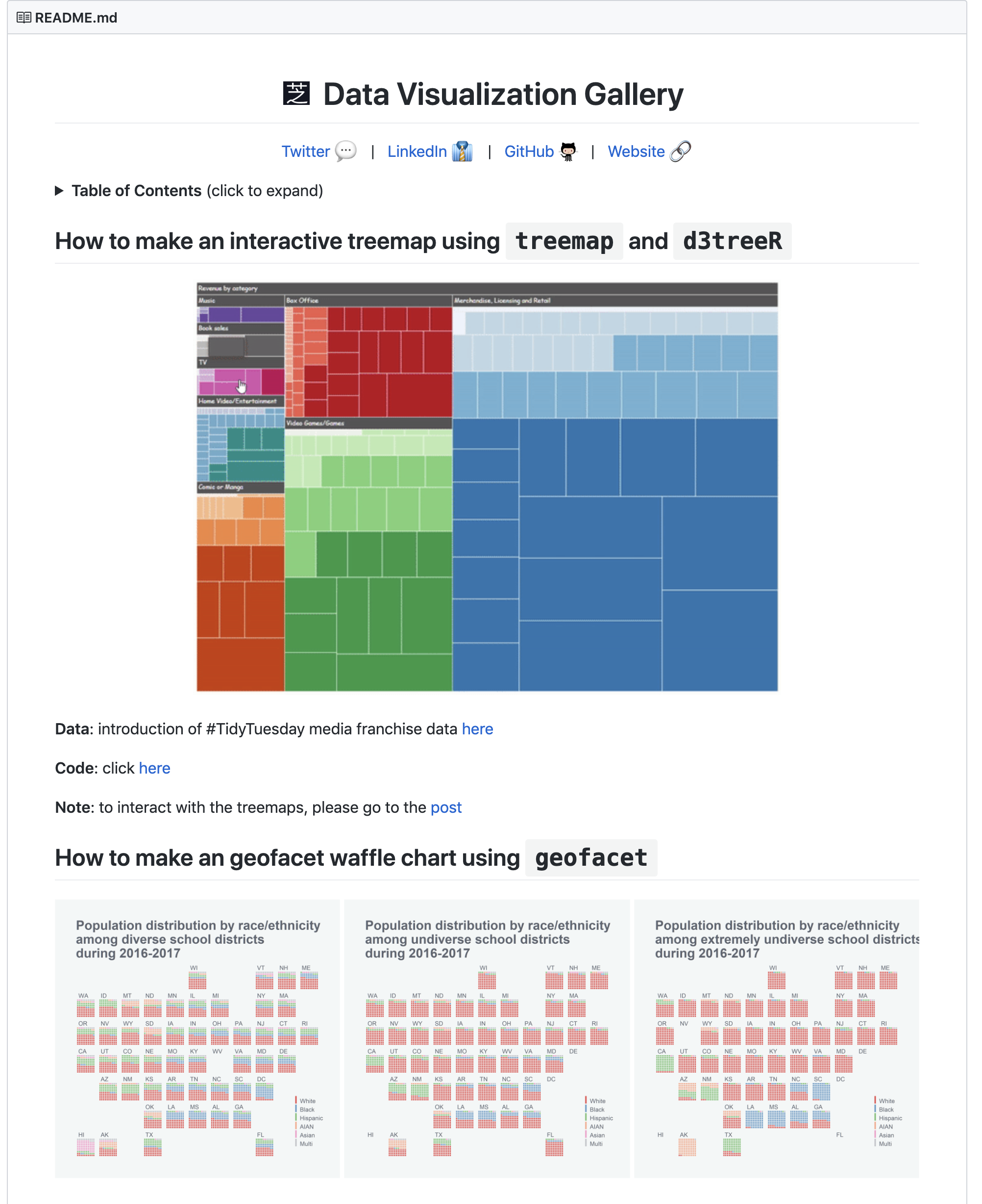My Organization's First R package
Teach your package
rstudio::conf(2020L)
1 / 30

2 / 30
Your Turn 1: Discussion
What do you do when you want to learn a new package?
3 / 30
Learning new packages
- Examples
- Vignettes/pkgdown
- README
- Blog posts
- Books
4 / 30
Learning new packages
- Examples
- Vignettes/pkgdown
- README
- Blog posts
- Books
5 / 30
Learning new packages
- Examples
- Vignettes/pkgdown
- README
- Blog posts
- Books
6 / 30
Guiding users
| document | scope |
|---|---|
| Vignettes | User-friendly, deeper introductions and complex topics |
| README | Simple introduction, installation. Get users going |
| Documentation and examples |
Granular, function-specific details and examples |
7 / 30
Examples revisted
8 / 30
Examples revisted
If you don't want to run examples, wrap them in dontrun{} or donttest{}
#' [other roxygen code]#' @examples #'#' dontrun{#' get_data("daily_active_users")#' }get_data <- function(x) { # code to get data}8 / 30
Examples revisted
Don't mess around with the user's directory. Use tempfile() or fs if you need to.
library(fs)dir <- file_temp()dir_create(dir)9 / 30
create_package(path(dir, "temp.package"))## ✔ Creating '/var/folders/03/9x7925g54mncswxx06wpkxl00000gn/...## ✔ Setting active project to '/private/var/folders/03/9x7925...## ✔ Creating 'R/'## ✔ Writing 'DESCRIPTION'## Package: temp.package## Title: What the Package Does (One Line, Title Case)## Version: 0.0.0.9000## Authors@R (parsed):## * Malcolm Barrett <malcolmbarrett@gmail.com> [aut, cre] (<https://orcid.org/0000-0003-0299-5825>)## Description: What the package does (one paragraph).## License: MIT + file LICENSE## Encoding: UTF-8## LazyData: true## Roxygen: list(markdown = TRUE)## ✔ Writing 'NAMESPACE'## ✔ Writing 'temp.package.Rproj'## ✔ Adding '.Rproj.user' to '.gitignore'## ✔ Adding '^temp\\.package\\.Rproj$', '^\\.Rproj\\.user$' to...## ✔ Opening '/var/folders/ 03/9x7925g54mncswxx06wpkxl00000gn/...## ✔ Setting active project to '<no active project>'10 / 30
Vignettes
11 / 30
Vignettes
Long-form documentation, written in R Markdown
Great for general introductions and complex topics you don't want buried in the documentation
12 / 30
Vignettes
Long-form documentation, written in R Markdown
Great for general introductions and complex topics you don't want buried in the documentation
Get rendered on pkgdown sites. See also use_article()
13 / 30
Vignettes
Long-form documentation, written in R Markdown
Great for general introductions and complex topics you don't want buried in the documentation
Get rendered on pkgdown sites. See also use_article()
use_article()use_vignette()
14 / 30
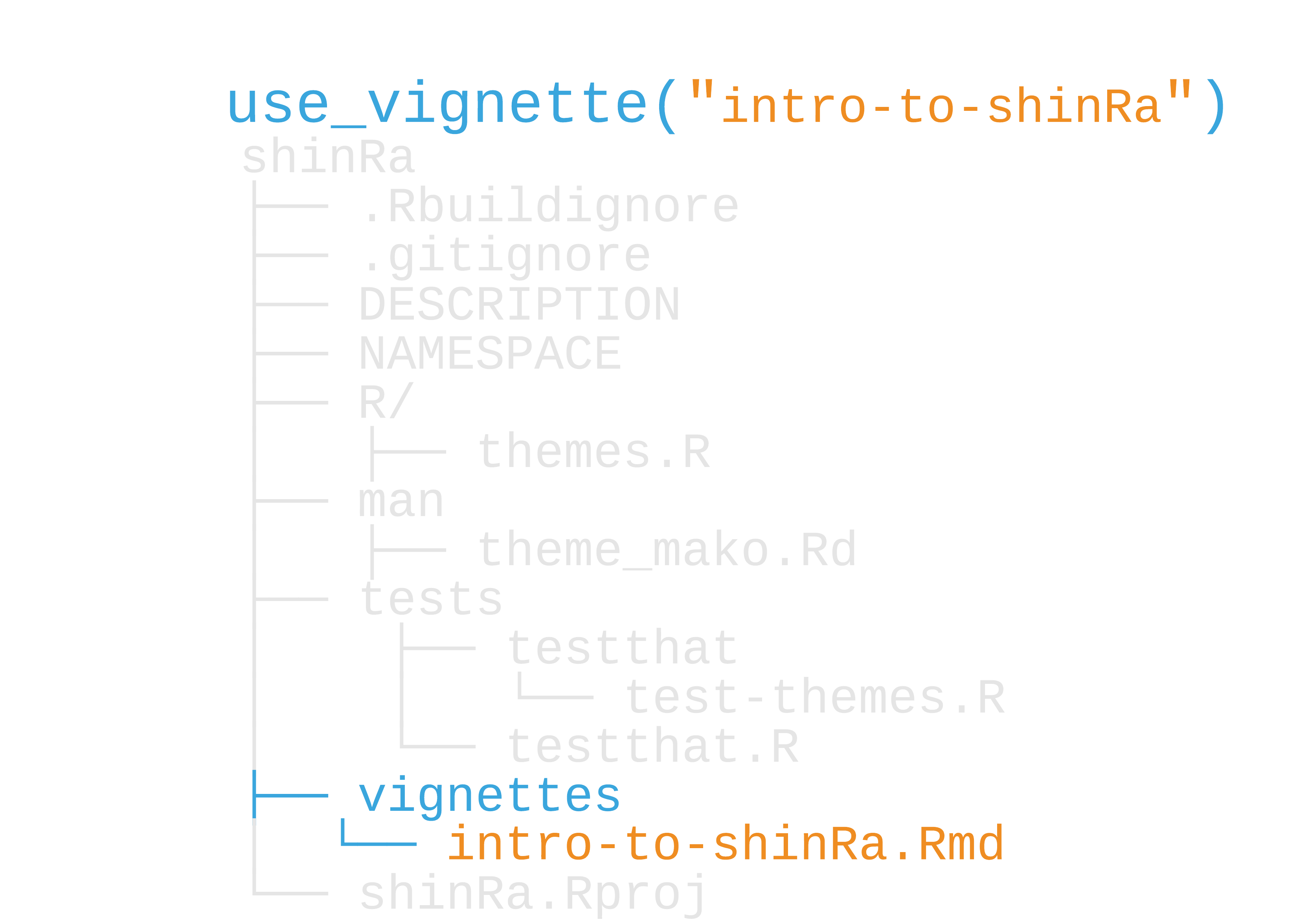
15 / 30

16 / 30
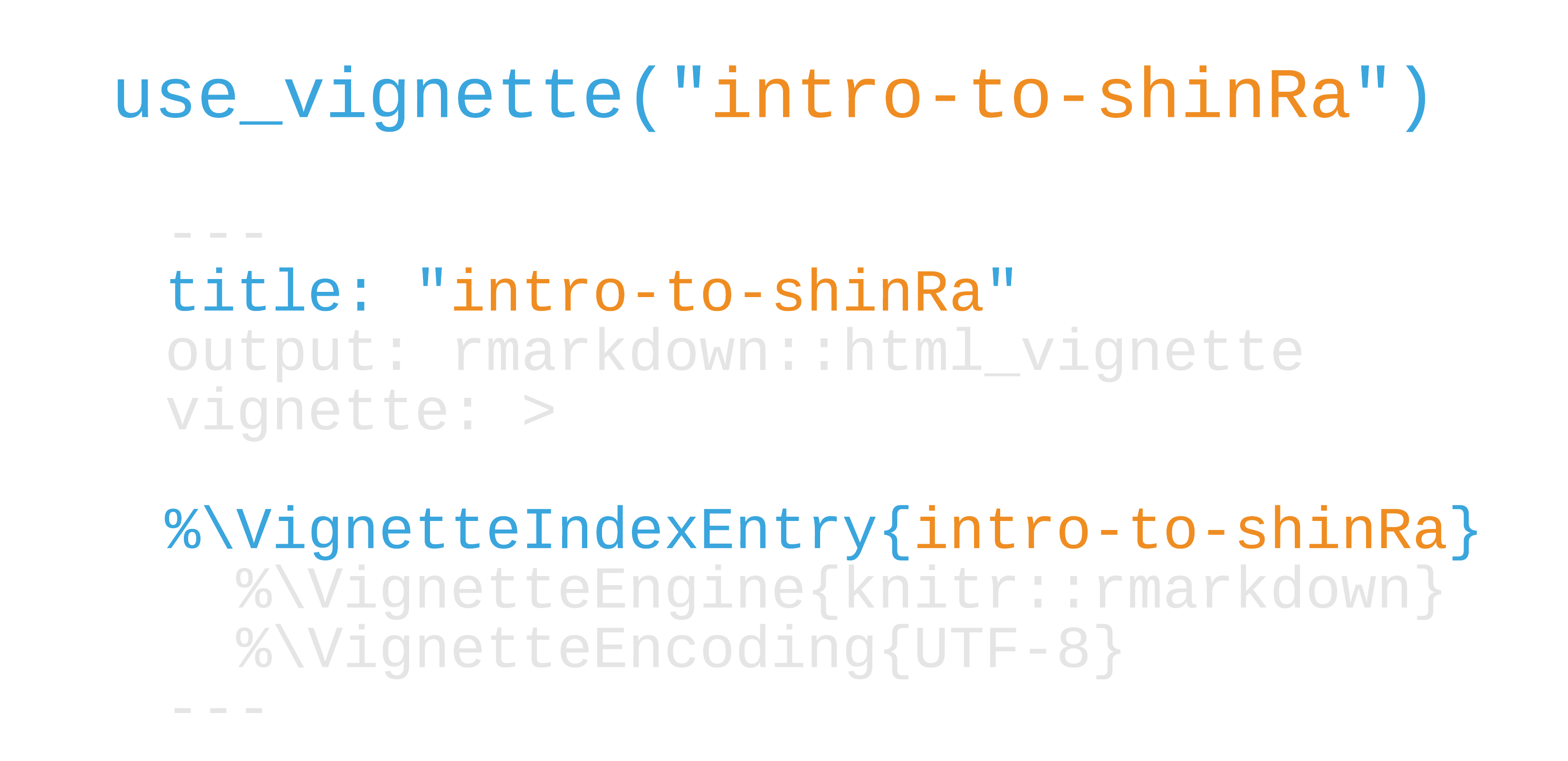
17 / 30
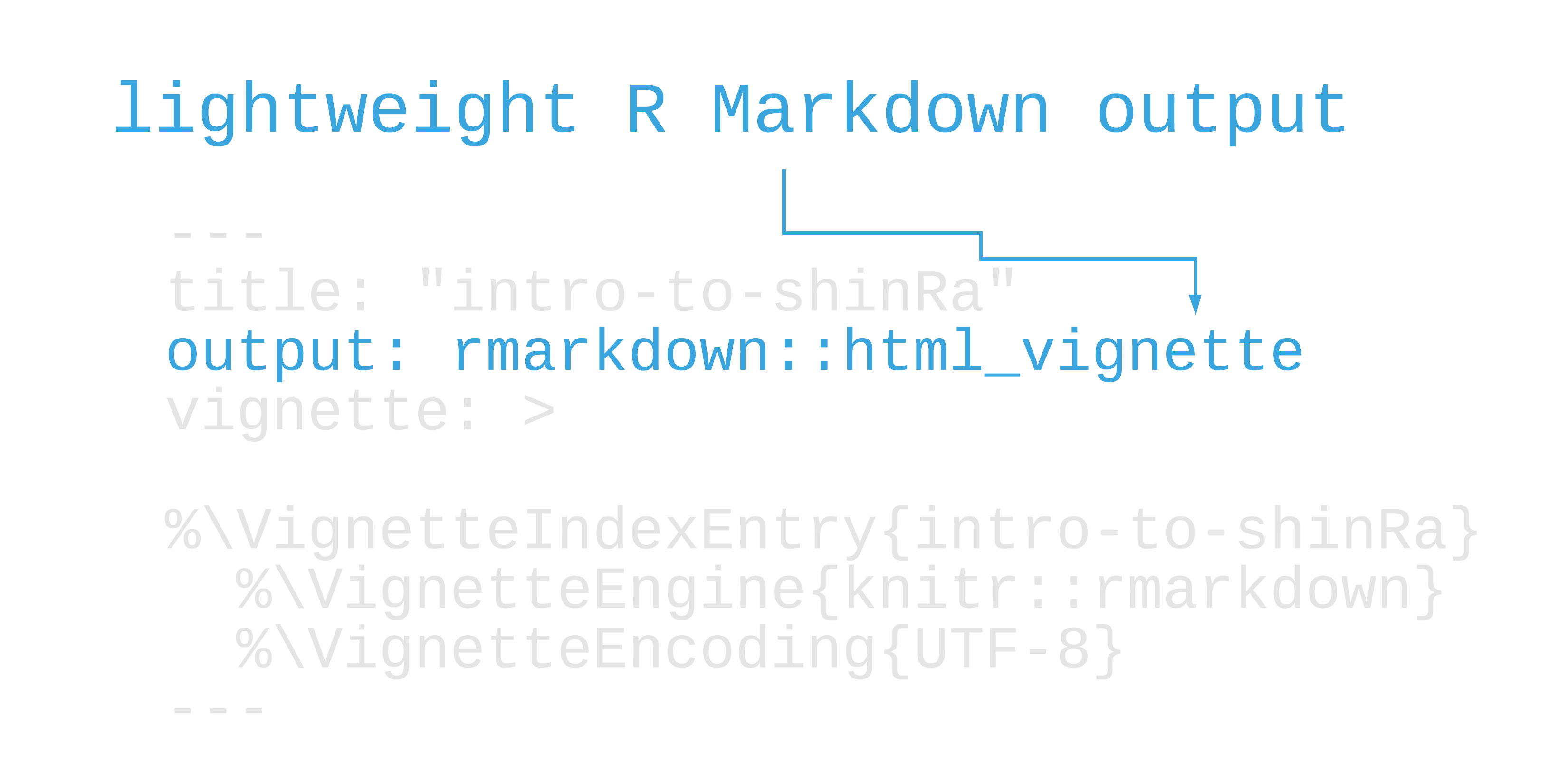
18 / 30
Need a Markdown refresher?
19 / 30
Need a Markdown refresher?
Interactive, 10-20 min tutorial: https://commonmark.org/help/tutorial/
19 / 30
Need a Markdown refresher?
Interactive, 10-20 min tutorial: https://commonmark.org/help/tutorial/
The R Markdown website or book
19 / 30
Your Turn 2
Open vignettes/intro-to-avalanchr.Rmd.
Let's add some more content before we knit this vignette. Lines 27-29 have an R Markdown code chunk. On line 28, fill in the blank with this code: db_con("residents_per_sector")
Let's also add some examples of the summarizing and plotting functions. On line 57, fill in the blank with count_donations(). On line 62, use plot_donations()
Knit the vignette. If you're having trouble finding some of your functions, try re-loading or documenting and re-building.
20 / 30
README
21 / 30
README
A quick overview of your package
21 / 30
README
A quick overview of your package
A good place for installation instructions
22 / 30
README
A quick overview of your package
A good place for installation instructions
Becomes the homepage for a pkgdown site
23 / 30
README
A quick overview of your package
A good place for installation instructions
Becomes the homepage for a pkgdown site
use_readme_md() or use_readme_rmd()
24 / 30
What should I put in the README?
- Badges (
?use_badge()), where applicable. - Installation instructions
- A few examples
- Maybe: how to contribute (
use_tidy_contributing())
25 / 30
Your Turn 3
Run use_readme_rmd() to setup a README. Knit the file and take a look.
Let's add some badges. Run use_lifecycle_badge("experimental") and use_cran_badge(). Then, re-knit.
29 / 30
